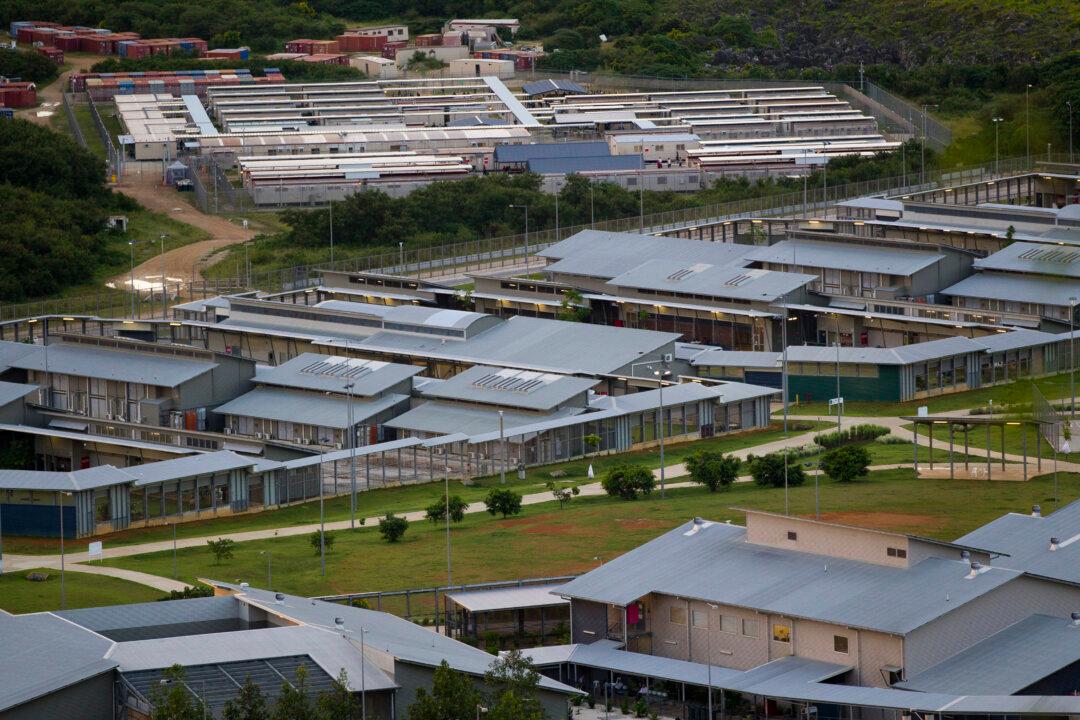Australia’s Home Affairs Department has faced scrutiny about migration bill amendments that could lead to the potential deportation of around 80,000 non-citizens in the country.
This comes as the Coalition on Nov. 25 said it would be backing the Migration Amendment Bill 2024, which is aimed at filling security loopholes caused by a landmark decision by the High Court in November 2023.





